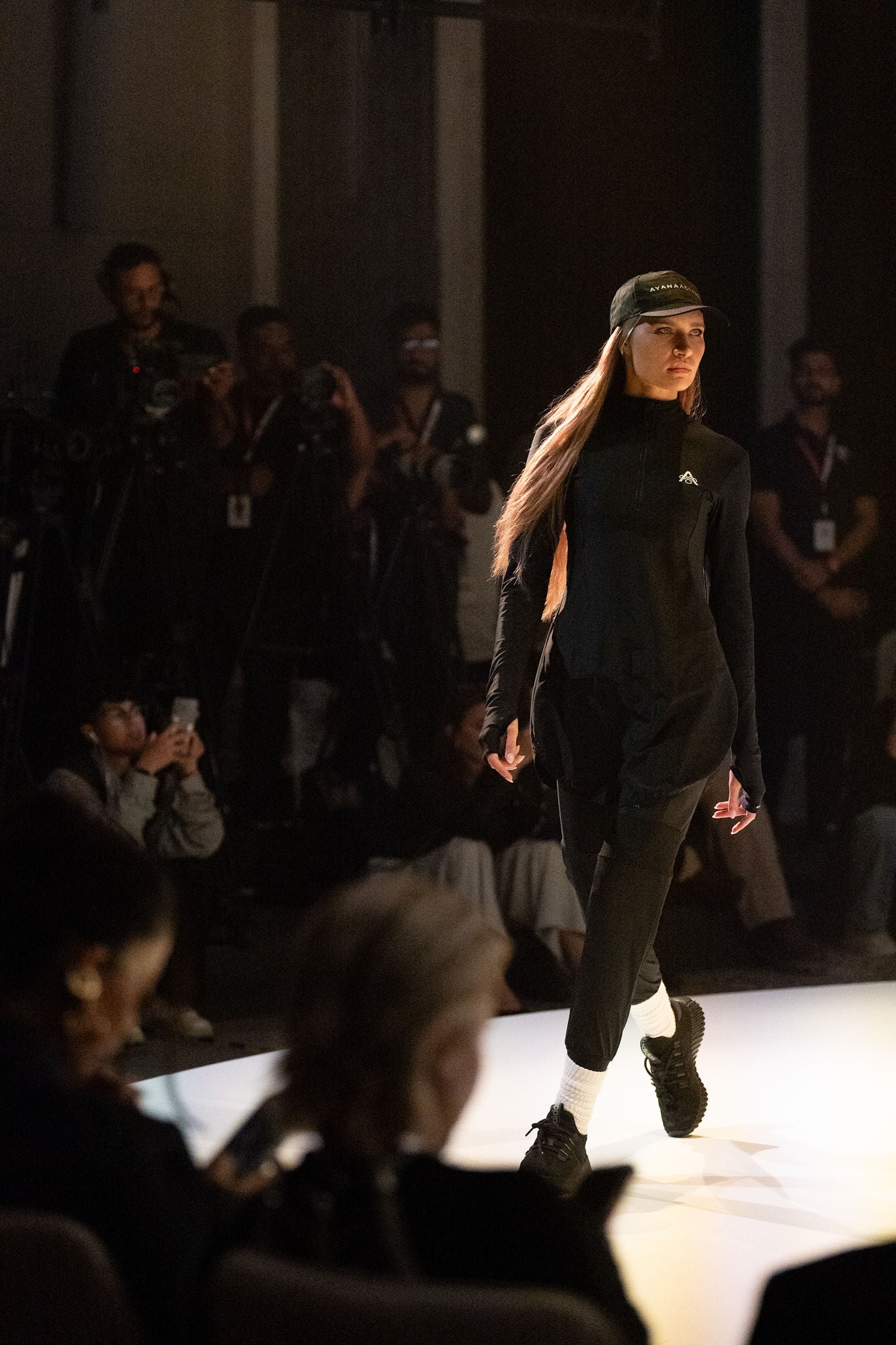The Evolution of Fashion: From the 1920s to the 1960s
Fashion has evolved alongside cultural, technological and societal changes, reflecting the world around it. From the liberated styles of the 1920s to the bold statements of the 1960s, each decade brought distinct trends influenced by global events, innovations and shifting social norms. Let’s explore how these external factors shaped fashion through the years.
1920s: The Era of Liberation
In the 1920s, fashion mirrored the post-World War I mood of freedom and joy. Women embraced the flapper style, with shorter hemlines, bobbed hair and loose silhouettes. This shift away from restrictive clothing symbolized newfound independence. Jazz culture and Art Deco also influenced the glamorous, embellished designs of the era.
1930s: Elegance in Tough Times
The Great Depression led to more conservative fashion, with longer hemlines and fitted dresses. Hollywood glamor offered escapism influencing the sleek, elegant gowns of the decade. Bias cuts, popularized by designers like Madeleine Vionnet became a signature look, giving women a sophisticated, feminine style.

1940s: Practicality and Style
World War II brought fabric rationing which led to practical, utilitarian clothing. Women were entering the workforce and needed more functional clothing and shoes. Their fashion featured tailored suits, padded shoulders and shorter skirts, often accessorized with hats and gloves. Military influences also appeared in items like trench coats and bomber jackets, blending function with style.
1950s: The Return of Femininity
The 1950s saw the return of feminine glamor, epitomized by Christian Dior’s “New Look.” Full skirts, cinched waists and hourglass silhouettes became popular as post-war prosperity allowed for more luxurious fabrics and accessories, reflecting a renewed sense of optimism.
1960s: A Youth Revolution
The 1960s marked a rebellious shift led by youth culture. Mini skirts, bold prints and bright colors defined modern fashion. Designers like Mary Quant and icons like Twiggy pushed boundaries, while the hippie movement introduced bohemian, free-spirited styles.

Each decade’s fashion reflects the events, attitudes, and innovations of its time, creating lasting trends that continue to influence fashion today. Come back next week for a full look at fashion from the 1970s to today!
Stay tuned for more exciting updates from Ayana Active as we continue to redefine the boundaries of fashion, sustainability, and empowerment. Follow me on Instagram @ayanaactive.



